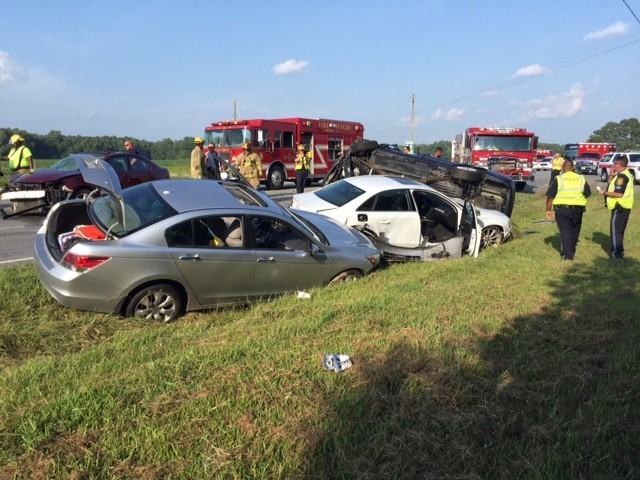Rollover accidents, though less common than other types of crashes, are among the most dangerous and potentially deadly incidents on the road. The dynamics of a rollover make it a particularly challenging scenario for drivers and passengers. In this blog post, we’ll delve into the causes of rollover accidents, explore preventative measures, and provide survival tips for those unfortunate moments when prevention is not enough.
Causes of Rollover Accidents:
- Vehicle Design and Type: One of the primary factors influencing rollover accidents is the design and type of the vehicle. Tall and narrow vehicles, such as SUVs, trucks, and vans, have a higher center of gravity, making them more susceptible to rollovers. It’s essential for drivers of these vehicles to be aware of their vehicle’s handling characteristics and adjust their driving accordingly.
- Speeding: Excessive speed significantly increases the likelihood of a rollover accident. High speeds reduce a vehicle’s stability, making it more challenging to maintain control, especially in emergency situations. Adhering to speed limits and adjusting speed according to road conditions are crucial steps in preventing rollover accidents.
- Sharp Turns and Maneuvers: Abrupt and sharp turns or maneuvers, particularly at high speeds, can lead to a loss of vehicle control and result in a rollover. It’s essential for drivers to anticipate turns, reduce speed when necessary, and avoid sudden steering inputs, especially in vehicles prone to rollovers.
- Tire Blowouts: A sudden tire blowout can be a harrowing experience, especially at high speeds. When a tire blows out, it can cause a driver to lose control, leading to a potential rollover. Regular tire maintenance, including checking tire pressure and tread depth, is crucial in preventing blowouts.
- Driver Behavior: Aggressive driving, distraction, and impaired driving significantly contribute to rollover accidents. Maintaining focus, staying sober, and practicing defensive driving can go a long way in preventing rollovers caused by human factors.

Prevention Measures:
- Choose the Right Vehicle: When selecting a vehicle, consider its design and safety features. Vehicles with a lower center of gravity are generally less prone to rollovers. Additionally, modern vehicles equipped with stability control systems can provide an added layer of protection.
- Adhere to Speed Limits: Obeying speed limits is crucial for preventing rollover accidents. Speed limits are set based on the road’s design and conditions, and exceeding them increases the risk of losing control, especially in curves and turns.
- Avoid Overloading: Overloading a vehicle can alter its weight distribution, making it more susceptible to rollovers. Follow the manufacturer’s guidelines regarding maximum load capacity and distribute the load evenly.
- Regular Vehicle Maintenance: Proper maintenance, including regular checks on tires, brakes, and suspension, is vital for preventing rollover accidents. Addressing any mechanical issues promptly can contribute to the overall safety and stability of the vehicle.
Survival Tips:
- Stay Calm and Brace for Impact: In the unfortunate event of a rollover, staying calm is crucial. Brace yourself by gripping the steering wheel firmly and securing any loose items in the vehicle. Try to keep your body in a secure and protected position.
- Seatbelt Use: Wearing a seatbelt is the most effective way to reduce the risk of injury in a rollover. Seatbelts keep occupants securely in their seats and prevent ejections, which are particularly dangerous in rollover accidents.
- Protect Your Head: If a rollover is imminent, protect your head by leaning towards the center of the vehicle, away from the windows and roof. This can reduce the risk of head injuries caused by contact with the vehicle’s interior.
- Don’t Try to Overcorrect: In the event of a skid or loss of control that could lead to a rollover, avoid overcorrecting. Sudden and aggressive steering maneuvers can exacerbate the situation. Instead, steer gently in the desired direction and gradually regain control.
Conclusion:
Rollover accidents are complex and often result from a combination of factors. While prevention is paramount, being prepared for the unexpected is equally important. Choosing the right vehicle, practicing safe driving habits, and understanding survival tips can significantly increase your chances of navigating a rollover incident safely. By addressing the causes and taking proactive measures, we can work towards minimizing the occurrence and severity of rollover accidents on our roads. Remember, safety is a shared responsibility, and each driver plays a crucial role in making our journeys secure and accident-free. You can find your car accident lawyer by going to this link.
